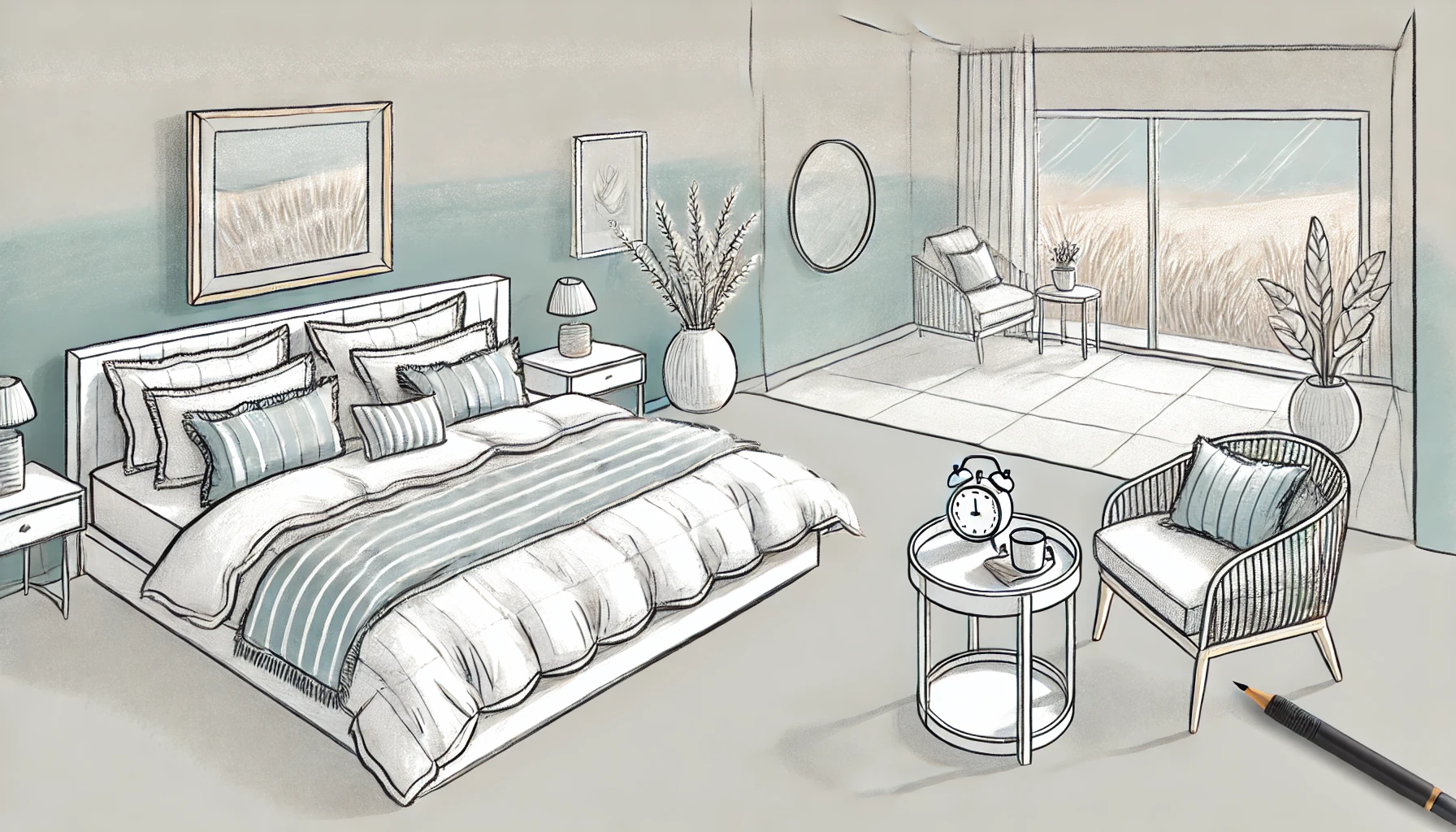Napping can be an effective way to recharge and improve alertness. However, over-napping can lead to negative effects on your overall sleep pattern, including difficulty falling asleep at night, disruptions in your circadian rhythm, and grogginess upon waking. This comprehensive guide provides practical tips on how to avoid over-napping and its potential adverse effects, helping you maintain a healthy balance between daytime rest and nighttime sleep.
Over-napping occurs when naps are too long, too frequent, or poorly timed, leading to excessive sleep that interferes with the body’s natural sleep-wake cycle. Understanding the optimal duration, timing, and conditions for naps can help you maximize their benefits without compromising your overall sleep quality.
1. Understand the Optimal Nap Duration
- Power Nap (10-20 Minutes): Ideal for a quick boost in alertness and energy, a power nap avoids deeper stages of sleep, reducing the risk of grogginess.
- Short Nap (30 Minutes): Can enhance cognitive function and mood but may cause slight grogginess if you wake up during deeper sleep stages.
- Avoid Long Naps (Over 60 Minutes): Longer naps can lead to sleep inertia (grogginess) and disrupt nighttime sleep. Reserve longer naps for situations of extreme sleep deprivation and ensure they don’t interfere with your regular sleep schedule.
2. Time Your Naps Wisely
- Early Afternoon: The best time for a nap is between 1:00 and 3:00 PM. This timing aligns with the body’s natural circadian rhythm and minimizes the risk of interfering with nighttime sleep.
- Avoid Late Afternoon Naps: Napping too late in the day can delay your ability to fall asleep at night, disrupting your sleep schedule.
- Pre-Sleep Considerations: Ensure that there is sufficient time between your nap and your planned bedtime to prevent difficulty falling asleep.
3. Set an Alarm to Limit Nap Duration
- Prevent Over-Sleeping: Use an alarm to wake up at the desired time, preventing you from slipping into a longer, deeper sleep.
- Smart Alarms: Consider using smart alarms with gradual wake-up features, such as increasing light or sound, to ease the transition from sleep to wakefulness.
- Avoiding Sleep Inertia: Setting an alarm helps avoid the risk of entering deep sleep stages that can cause grogginess upon waking.
4. Create an Optimal Napping Environment
- Comfortable Setup: Choose a quiet, comfortable space for napping. Use a supportive pillow and a blanket if needed.
- Control Light and Noise: Use blackout curtains or an eye mask to block out light, and earplugs or white noise machines to minimize noise.
- Temperature Regulation: Keep the room at a comfortable temperature, ideally between 60-67°F (15-19°C), to promote better sleep quality.
5. Avoid Caffeine and Heavy Meals Before Napping
- Limit Stimulants: Avoid consuming caffeine and other stimulants at least four hours before your nap to ensure they don’t interfere with your ability to fall asleep.
- Light Snack: Opt for a light snack if you’re hungry before napping. Avoid heavy meals that can cause discomfort and disrupt sleep.
6. Manage Sleep Inertia and Post-Nap Grogginess
- Gentle Wake-Up Routine: Use gentle stretching and light physical activity to help shake off any lingering grogginess after waking up.
- Hydrate: Drink a glass of water to rehydrate and refresh your body.
- Exposure to Natural Light: If possible, expose yourself to natural light after waking up to help reset your circadian rhythm and boost alertness.
7. Maintain a Consistent Sleep Schedule
- Regular Bedtime: Stick to a consistent bedtime, even on weekends, to regulate your body’s internal clock and improve sleep quality.
- Limit Daytime Sleep: Balance daytime napping with nighttime sleep by keeping naps short and to the early part of the day.
- Prioritize Nighttime Sleep: Ensure that nighttime sleep remains the primary source of rest. Use naps as a supplement rather than a replacement for nighttime sleep.
8. Listen to Your Body’s Needs
- Assess Sleepiness: Monitor your levels of daytime sleepiness. If you find yourself frequently needing naps, it may indicate inadequate nighttime sleep.
- Evaluate Nap Necessity: Consider whether a nap is necessary or if a brief period of rest or relaxation without sleep can suffice.
- Adapting to Circumstances: Be flexible with your napping routine based on your daily demands and overall sleep needs. Adjust nap duration and timing as necessary.
9. Recognize the Signs of Over-Napping
- Difficulty Falling Asleep at Night: If you have trouble falling asleep at your regular bedtime, it may be a sign that your naps are too long or too late in the day.
- Fragmented Nighttime Sleep: Over-napping can lead to waking up frequently during the night, reducing overall sleep quality.
- Persistent Grogginess: Feeling groggy or disoriented after napping may indicate that your naps are too long or that you’re waking up from deep sleep stages.
10. Seek Professional Guidance if Necessary
- Consult a Healthcare Provider: If you experience persistent issues with sleep, such as difficulty falling asleep, staying asleep, or excessive daytime sleepiness, consult a healthcare provider.
- Address Underlying Conditions: Conditions such as sleep apnea, insomnia, or other sleep disorders may require professional evaluation and treatment.
- Sleep Counseling: Consider sleep counseling or therapy to address sleep-related concerns and develop healthy sleep habits.
In conclusion, napping can be a valuable tool for boosting energy and enhancing cognitive function, but it’s essential to avoid over-napping to maintain a healthy sleep balance. By understanding the optimal nap duration and timing, creating a conducive napping environment, and listening to your body’s needs, you can enjoy the benefits of napping without compromising your nighttime sleep. Remember, the goal is to complement your overall sleep routine, ensuring you feel refreshed and alert throughout the day.

